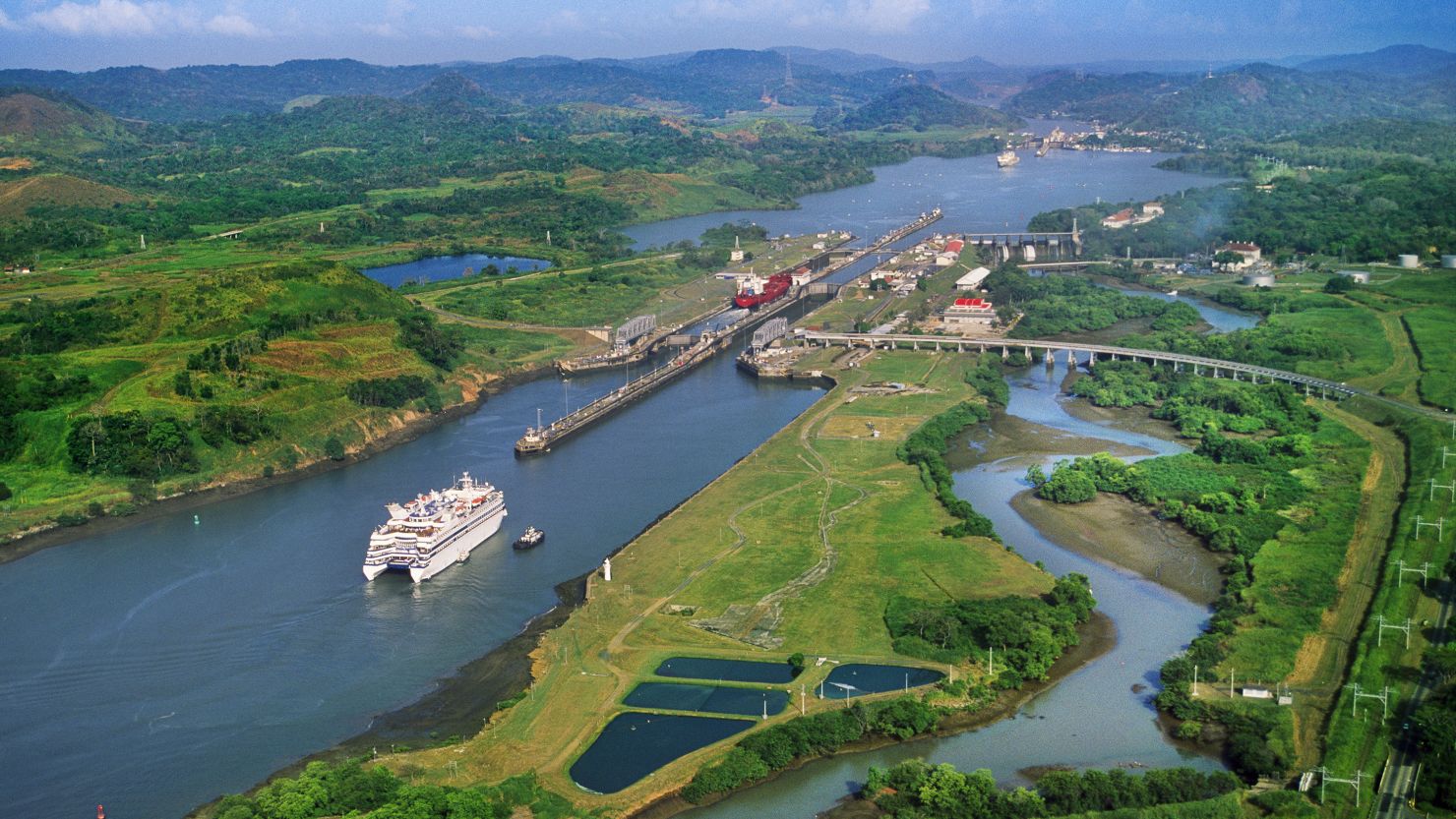
How Did the US Improve Working Conditions During the Building of the Panama Canal
The construction of the Panama Canal was one of the most ambitious engineering projects of the early 20th century, aiming to create a vital maritime shortcut between the Atlantic and Pacific Oceans. However, the harsh working conditions faced by laborers during the canal’s construction presented significant challenges. From sweltering tropical heat to rampant disease and hazardous terrain, workers endured grueling conditions that demanded urgent attention to improve their well-being.
Roosevelt’s Progressive Agenda
Under the leadership of President Theodore Roosevelt, the United States embarked on the monumental task of building the Panama Canal. Roosevelt’s progressive agenda emphasized the importance of social welfare and labor rights, laying the foundation for initiatives aimed at improving working conditions on the canal. Recognizing the human cost of construction, Roosevelt championed policies to protect workers’ health and safety and ensure fair treatment and compensation.
Combating Disease and Infection
One of the most pressing challenges faced by workers on the Panama Canal was the prevalence of tropical diseases such as malaria and yellow fever. To combat the spread of illness, extensive sanitation and hygiene measures were implemented. Mosquito control efforts, including draining stagnant water and fumigating living quarters, helped reduce the incidence of malaria and other mosquito-borne diseases, improving the overall health and well-being of workers.
Providing Safe and Comfortable Living Quarters
Improving living conditions for canal workers was a priority in the efforts to enhance working conditions. The construction of purpose-built housing complexes provided workers with safe and comfortable accommodations equipped with basic amenities such as clean water, sanitation facilities, and ventilation. These efforts aimed to create a conducive environment that promoted rest, relaxation, and recuperation after long hours of labor in challenging conditions.
Ensuring Access to Healthcare
Access to healthcare services was essential for addressing the health needs of canal workers and reducing the impact of disease outbreaks. Medical facilities staffed with trained healthcare professionals were established to provide preventive care, treatment for illnesses and injuries, and emergency medical services. Comprehensive healthcare programs also included health education initiatives to raise awareness about disease prevention and promote healthy behaviors among workers.
Upholding Dignity and Equity
Ensuring fair wages and labor rights was integral to improving working conditions on the Panama Canal. Roosevelt’s administration enacted labor regulations and policies aimed at protecting workers’ rights, including the right to fair compensation, safe working conditions, and collective bargaining. These measures aimed to uphold the dignity and well-being of canal workers and foster a culture of respect and equity in the workplace.
Honoring the Contributions of Canal Workers
The efforts to improve working conditions on the Panama Canal left a lasting legacy of progress and social reform. By prioritizing the health, safety, and welfare of workers, the United States demonstrated a commitment to human rights and social justice that reverberated beyond the construction of the canal. The lessons learned from this historic endeavor continue to inspire efforts to promote fair labor practices and ensure the well-being of workers in industries around the world.
A Testament to Human Ingenuity and Compassion
The improvement of working conditions on the Panama Canal stands as a testament to human ingenuity and compassion in the face of daunting challenges. Through visionary leadership, innovative policies, and concerted efforts to protect the health, safety, and dignity of workers, the United States transformed a treacherous construction site into a symbol of progress and prosperity. As we reflect on the legacy of the Panama Canal, let us honor the contributions of the thousands of workers who labored tirelessly to realize this extraordinary feat of engineering and celebrate the enduring values of fairness, equality, and solidarity that continue to guide us today.


